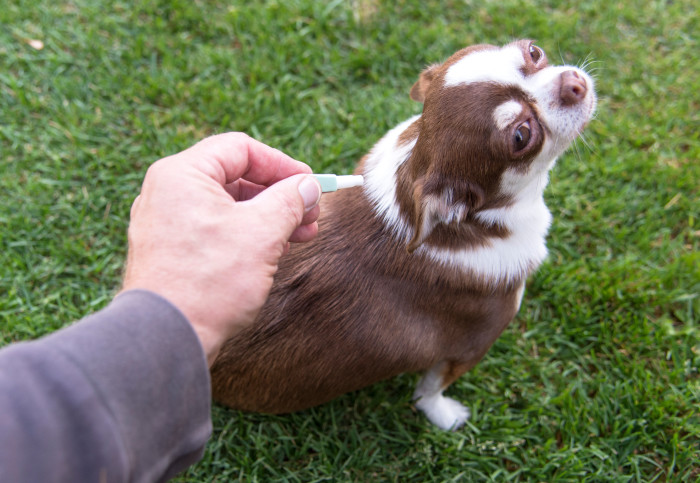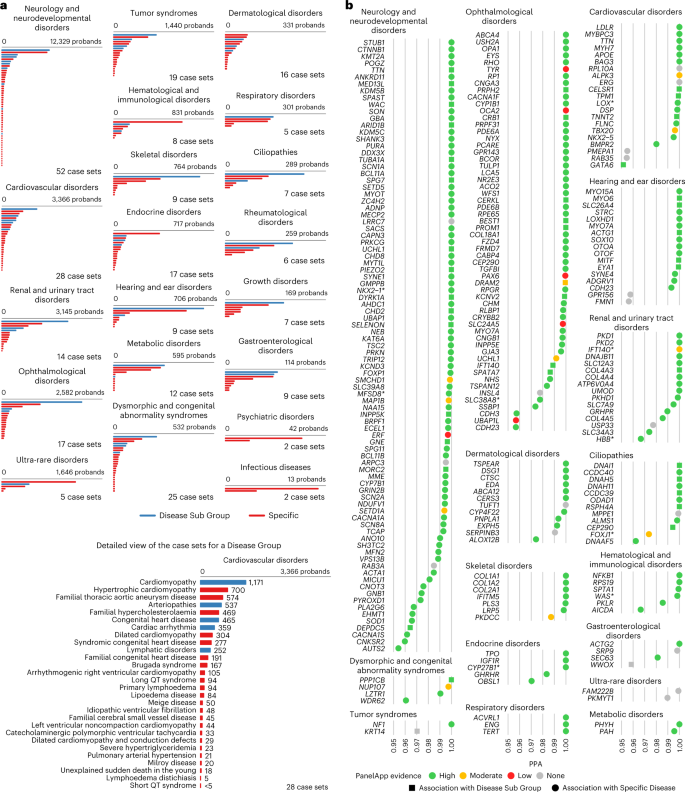2023-03-20 インペリアル・カレッジ・ロンドン(ICL)

研究者らは、これらの化学物質のリスク評価と処方方法を見直すよう求めている。広く販売され、毎月使用されることが多いこれらの製品には、数百万匹のハチを殺し、魚や鳥、コウモリの重要な食料源となる種を含む水生生物に被害を与えるだけのイミダクロプリドが含まれています。
<関連情報>
- https://www.imperial.ac.uk/news/243875/toxic-flea-tick-treatments-polluting-uk/
- https://spiral.imperial.ac.uk/handle/10044/1/102699
都市部はペット用寄生虫による汚染のホットスポットなのか? Are urban areas hotspots for pollution from pet parasiticides?
Preston-Allen, R;Albini, D;Barron, L;Collins, CM;Dumbrell, A;Duncalf-Youngson, H;Jackson, M;Johnson, A;Prentis, A;Spurgeon, D;Stasik, N;Wells, C;Woodward, G;Perkins, R
Imperial College London Issue Date: 20-Mar-2023
DOI: https://doi.org/10.25561/102699
Abstract
This briefing considers the environmental impact of pet parasiticides, which are commonly used to kill parasites such as fleas and ticks. It reviews possible routes that chemicals from veterinary parasiticides enter the environment, what impacts they may have on natural ecosystems and how to balance the needs of domestic pets, people, and the environment.


